School of David Ryckaert III (1612-1661) The Alchemist and Vanity 17th century oil on wood.
Our painting is to be compared with the work of David Ryckaert III, who often painted interiors with figures at work, such as shoemakers, painters, and alchemists.
Seventeenth-century Flemish paintings by, or from the workshop or school of, David Ryckaert III are highly sought-after by collectors. They have a good reason: the subjects, the quality of the preparations and pigments used, the virtuosity of the artist, or the student artists in the master's workshop.
In the 17th century, alchemy was regarded by all societies as a mysterious science, a laboratory practice studied by very serious and influential men through texts and experiments. Alchemists could be considered by some as doctors and were consulted.
The vanities depict allegorical objects with strong symbolic value. The most emblematic of these is the skull, symbolizing death.
L'Alchimiste et la Vanité (The Alchemist and the Vanity) perfectly illustrates the mysterious atmosphere in which the Society of the time held its consultations.
School of David Ryckaert III (1612-1661), oil on wood, on the back a mark in the shape of a star or flower (research in progress).
Sizes unframed: H 13.38 Inches. - W 20.27 Inches.
Sizes framed: H 18.50 Inches. - W 25.49 Inches.
Very good condition, in its beautiful carved and gilded wooden frame. We have had this painting professionally cleaned, with two small repaints, probably from the 19th century.
Biography :
David Rijckaert III or David Rijckaert le Jeune or David Ryckaert III Antwerp December 2, 1612 - Antwerp November 11, 1661.
A member of the Ryckaert (or Rijckaert) family of artists, he was the son of David Ryckaert II and Catharina de Merre, the grandson of David Ryckaert I, and the nephew of Martin Ryckaert. He seems to have had a brother Pauwels, who was also a painter (Duverger 1987, p.382). His sister Margaret married one of her father's pupils, Gonzales Coques, who became a successful painter.
He studied painting with his father, then became Master of the Guild of Saint Luke in Antwerp in 1636-1637 and Dean in 1652-1653.
He married Jacoba Pallemans (Palmans) on August 31, 1647, with whom he had eight children. Widowed, she married Cornelis Huysmans, provost of Antwerp.
A renowned painter, his benefactor was Archduke Leopold William of Austria, governor of the Southern Netherlands from 1647 to 1656.
His pupils included Hans La Croys, Jacob Lafosse II, and Erasmus de Bie.
Work:
He began his career as a landscape painter but soon opted for genre painting. His paintings show the influence of leading Flemish genre painters such as Adrien Brouwer, David Tenter the Elder, and especially David Tenter the Younger.
He often painted interiors with figures at work, such as shoemakers, painters, alchemists, or charlatans, as well as inns with peasants. He also painted children at play, celebrations with music, and imaginary scenes of witches and ghosts. Many of his works are signed and dated, making it possible to follow his artistic development from 1637 to 1661.
Museums :
Museum of the Louvre, Paris.
Hermitage Museum, St. Petersburg.
Old Masters Museum, Brussels.
Royal Museum of Fine Arts of Belgium, Brussels.
Kunsthistorisches Museum, Vienna.
Galerie Palatine, Palazzo Pitti, Florence.
Museum Fabre, Montpellier.







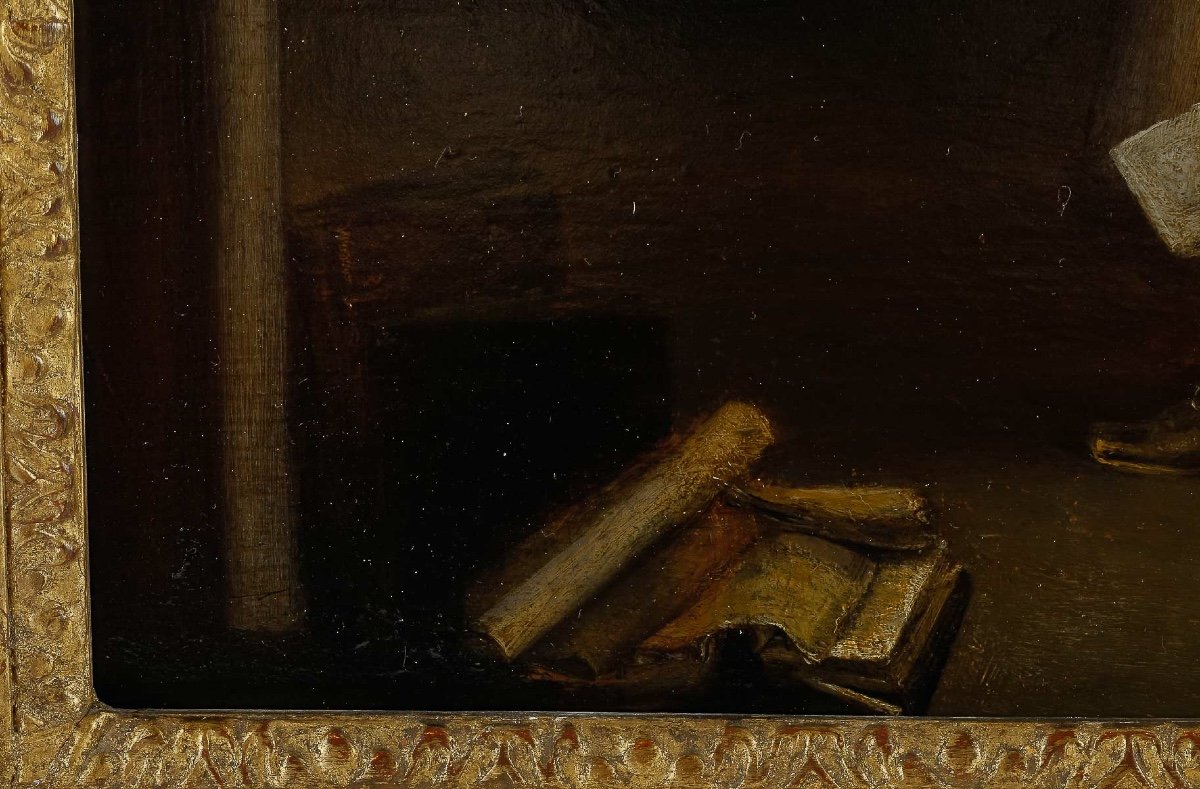


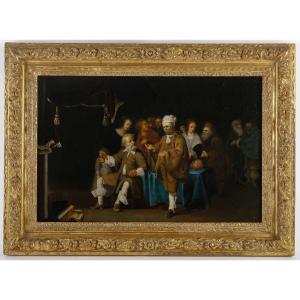








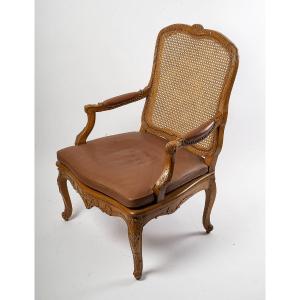
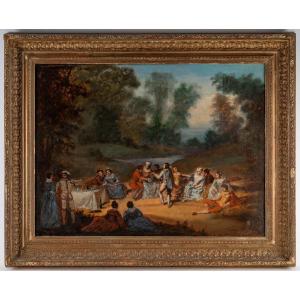



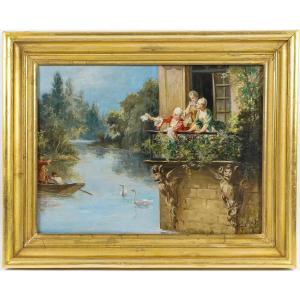


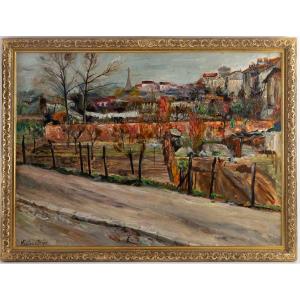







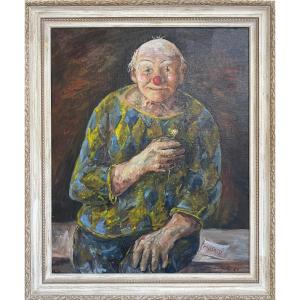

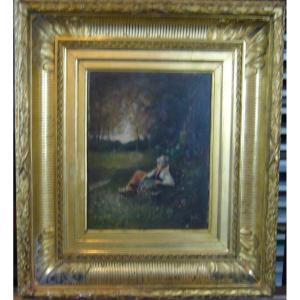
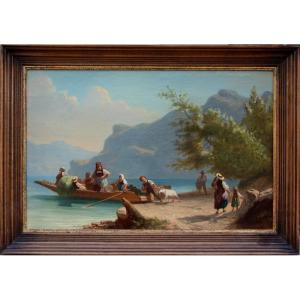



 Le Magazine de PROANTIC
Le Magazine de PROANTIC TRÉSORS Magazine
TRÉSORS Magazine Rivista Artiquariato
Rivista Artiquariato